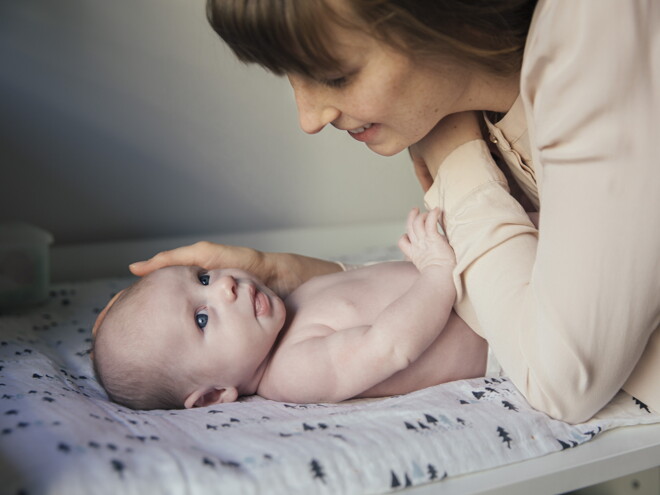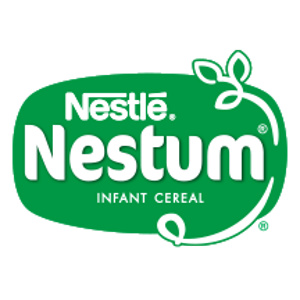
10 tips you need to know for bathing your baby
Bathing your baby it’s a great bonding experience between the baby and his parents, click here to learn everything about how to do it right.
Bathing your baby is not just a routine, it's an opportunity for connection, comfort, and joy. It’s a ritual that goes beyond cleanliness, fostering bonding moments and ensuring the well-being of your little one. But it’s important to have some things in mind when you do it.
From selecting the right temperature and choosing gentle baby-friendly products to creating a safe and soothing environment, we've curated a wealth of information to empower you on this enchanting journey.
Discover with Baby&Me the joy of those first splashes, the warmth of the bonding moments, and the careful considerations that transform bath time into a cherished routine within the comfort of your home.
When To Bathe a Baby for the First Time?
The prospect of giving your newborn their first bath can be both exciting and nerve-wracking, especially for new parents. Timing is key, and understanding when to embark on this delicate task ensures a positive experience for both you and your little one.
While many healthcare providers recommend waiting until the umbilical cord stump falls off and the circumcision site (if applicable) heals, the specific timing may vary. In general, the first bath is often conducted a few days after birth.
This allows time for your baby's skin to adjust to their new environment and helps ensure a more comfortable experience.
If your baby has a remaining umbilical cord stump or is healing from circumcision, it's advisable to wait until these areas have completely healed before introducing them to the water. This minimizes the risk of infection and discomfort.
Consult with your pediatrician before scheduling the first bath, especially if your baby was born prematurely or has any health concerns. The healthcare provider can offer personalized advice based on your baby's unique needs.
What Do I Need to Bathe My Baby?
Bathing your baby is a joyous and tender experience. To ensure a smooth and delightful bath time, it's essential to have the right tools and supplies at your fingertips.
- Baby bathtub: Invest in a bathtub designed to provide a secure and comfortable space for your little one. Opt for one with a contoured shape to support your baby's delicate body.
- Soft washcloths and towels: Stock up on soft, hypoallergenic washcloths and hooded towels. These ensure a gentle touch on your baby's sensitive skin and keep them warm and snug after the bath.
- Mild baby soap and shampoo: Choose a mild, fragrance-free baby soap and shampoo to cleanse your baby's delicate skin and hair without irritating it.
- Clean diaper and clothing: Have a clean diaper and a set of comfortable clothing ready for a swift change after the bath. This minimizes the time your baby spends in a wet or cold state.
- Comfortable water pitcher or rinse cup: Use a comfortable water pitcher or rinse cup to gently pour water over your baby during the bath, minimizing splashing.
Having these essentials on hand creates a well-prepared and nurturing environment for your baby's bath time.
As you gather these supplies, remember that the key is to create a soothing and secure experience that fosters cleanliness and strengthens the bond between you and your precious little one.

10 Tips for Bathing Your Baby
Bathing your baby can be a delightful bonding experience, but it requires a gentle touch and careful attention to detail. Here are some valuable tips to ensure a safe and enjoyable bath time for both you and your little one.
1. Gather Essentials Beforehand
Have all the necessary items within arm's reach before starting the bath. This includes baby soap, a soft towel, a clean diaper, and a change of clothes. This minimizes the need to leave your baby unattended during the bath.
2. Maintain a Comfortable Room Temperature
Ensure the bathing area is comfortably warm to prevent your baby from getting cold. Keep the room temperature around 24–27 degrees Celsius (75–80 degrees Fahrenheit).
3. Be Mindful of the Water Temperature
Test the water temperature using your elbow or the inside of your wrist to ensure it is comfortably warm, around 37 degrees Celsius (100 degrees Fahrenheit). Always fill the tub with a few inches of water.
4. Choose the Right Time
Pick a time when your baby is calm and content, and you are not rushed. Avoid scheduling the first bath when your baby is hungry or overly tired, as a relaxed state contributes to a more positive experience.
5. Start with Sponge Baths for Newborns
For the first few weeks, when the umbilical cord stump is still present, consider giving your baby sponge baths. Use a soft washcloth to clean your baby's face, body, and diaper area.
6. Support Your Baby Securely
Always keep one hand on your baby for support, especially if they are very young. Use your arm to cradle the head and neck while bathing, ensuring a secure and comfortable position.
7. Use Mild, Fragrance-Free Baby Products
Opt for mild, fragrance-free baby soap and shampoo to avoid skin irritation. Gently cleanse your baby's body and hair with soft, circular motions.
8. Pay Extra Attention to Creases and Folds
Be thorough in cleaning areas such as the neck, armpits, and diaper areas where moisture can accumulate. Gently lift and clean the folds of your baby's skin.
9. Maintain Eye Contact and Communication
Maintain eye contact and talk soothingly to your baby throughout the bath. This helps create a sense of security and reinforces positive associations with bath time.
10. Swift and Gentle Drying
After the bath, swiftly wrap your baby in a soft towel to prevent them from getting cold. Pay extra attention to drying the creases and folds of their skin.
By incorporating these tips into your baby's bathing routine, you can transform this daily task into a cherished ritual that nurtures cleanliness, comfort, and the precious bond between you and your little one.

Gain a better understanding of your child's development with the help of our stages
































